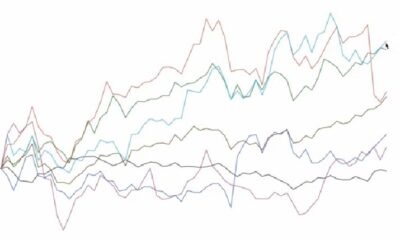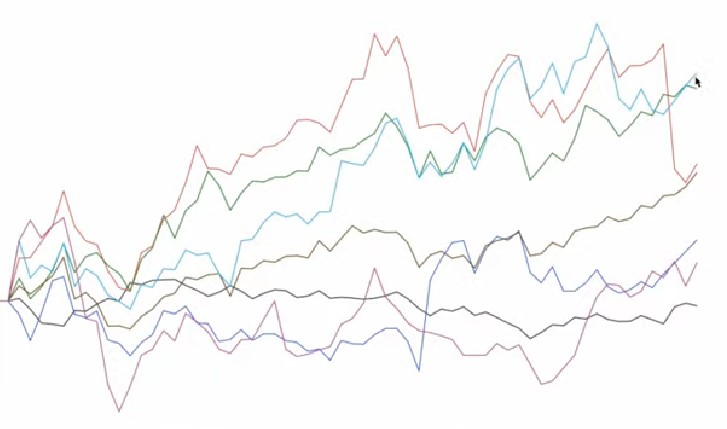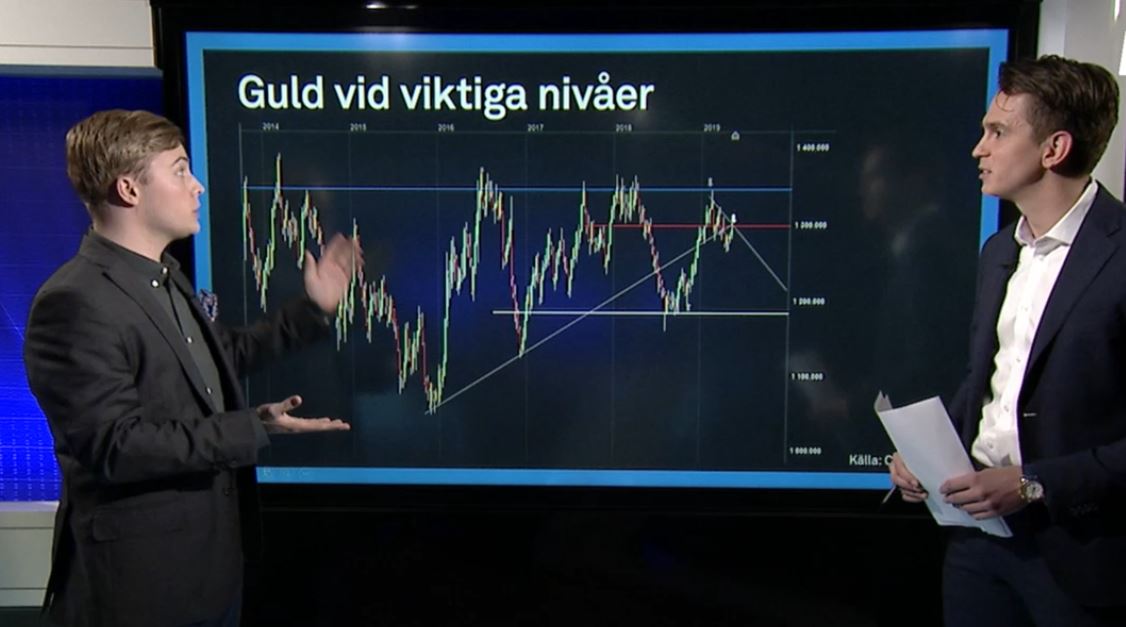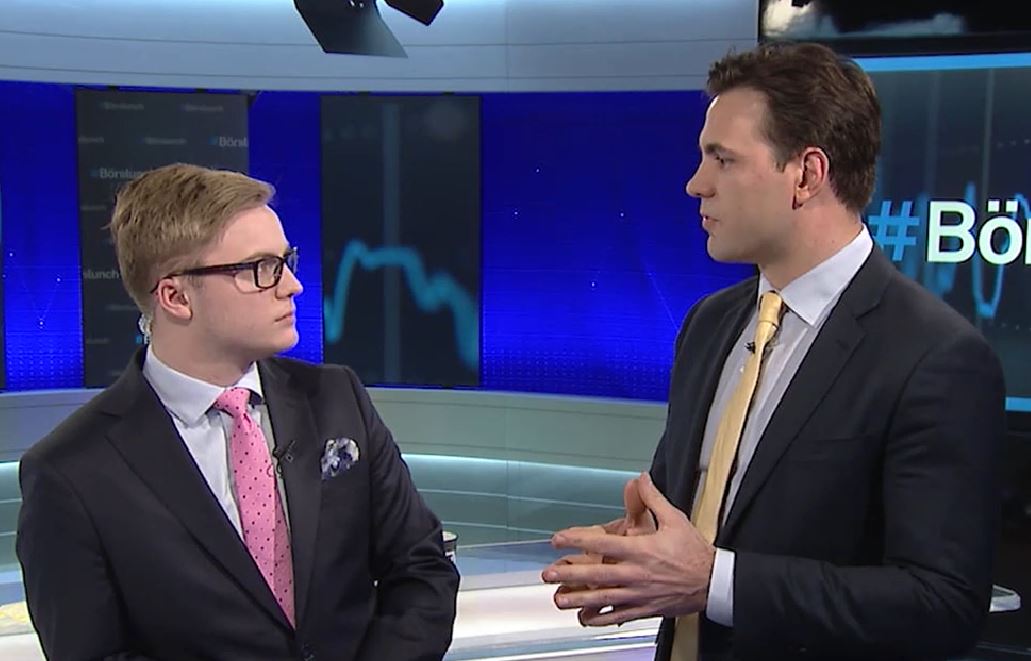Analys från DailyFX
Dollar Unlikely to Break Lows for 3 Reasons
– Dow Jones FXCM Dollar Index continues to hold key lows
– US Treasury Yields and other key reasons behind Dollar resilience
– Watching forex sentiment for timing on next US Dollar trade
Receive any and all updates on the Dollar, Treasuries, and Forex sentiment via my e-mail distribution list with this link.
The US Dollar plummeted as the US Federal Reserve failed to taper its Quantitative Easing purchases, but why hasn’t the Dollar fallen harder this week?
Dow Jones FXCM Dollar Index Holds Key 200-day Simple Moving Average Post-FOMC

Source: FXCM Trading Station Desktop, Prepared by David Rodriguez
To understand the Dollar’s resilience here, let’s take a look at a major USD driver: yields.
DJ FXCM Dollar Index Tumbles as US Treasury Yields Fall Sharply

Data source: Bloomberg
The US 10-Year Treasury Yield recently fell to its lowest levels in over a month and now trades at key congestion at 2.7 percent, which likewise represents its 55-day Simple Moving Average.
US 10-Year Treasury Yield Breaks to Lows, Driving Dollar Index Lower

Data source: Bloomberg
The fact is, however, that sharp declines in Treasury Yields and Dollar losses seem relatively unlikely herefor three key reasons.
1. The next move in yields and, by extension the Dollar, depends almost completely on the FOMC’s next policy action.
2. The FOMC stated its next policy shift depends almost completely on economic data, and the US economic calendar remains relatively empty this week and the next.
3. Forex volatility prices have tumbled post-FOMC, and traders are betting on/hedging against relatively modest FX moves in the days and weeks ahead.
In the absence of US economic data, where might we look for a potential market timing tool for the next US Dollar move?
Retail Forex Sentiment Favors Dollar Weakness, but Next Move is Key
We recently highlighted extremely one-sided retail forex sentiment as a key reason to favor USD weakness. Yet the fact that the Dollar Index continues to hold key lows leaves us on the lookout for a potential turn higher.
We most often use our sentiment data as a contrarian indicator to price action. In other words, if everyone’s selling we prefer to buy and vice versa.
Traders recently hit their most bearish EURUSD since the pair set a secondary top near the $1.3450 mark through August, and sentiment remains extremely net-short.
Trading Crowds Remain Aggressively Long US Dollars versus Euro, Keeping us Bearish USD (Bullish EURUSD)

Source: FXCM Execution Desk Data
Until we see an important shift in retail FX sentiment, we see little choice but to favor continued Dollar weakness versus the Euro and other counterparts.
Indeed, our forex sentiment-based trading strategies have done well going against the crowd as they’ve broadly sold into USD weakness (bought into EURUSD and GBPUSD strength, among others).
Past performance is not indicative of future results—just because they’ve done well recently isn’t reason enough to expect continued outperformance. That said, we’ll watch our SSI-based Momentum2 system for the next cues on the EURUSD and broader US Dollar pairs.
In the absence of a sharp shift, we’ll keep an eye on US Treasury Yields as a potential catalyst for the next Greenback move. Receive any and all updates on the Dollar, Treasuries, and Forex sentiment via my e-mail distribution list with this link.
Forex Correlations Summary
View forex correlations to the SP 500, SP Volatility Index (VIX), Crude Oil Futures prices, US 2-Year Treasury Yields, and Spot Gold prices.
Data source: Bloomberg. Chart source: R
SEE GUIDE ON READING THE ABOVE CHART
— Written by David Rodriguez, Quantitative Strategist for DailyFX.com
David specializes in automated trading strategies. Find out more about our automated sentiment-based strategies on DailyFX PLUS.
Contact and follow David via Twitter: https://twitter.com/DRodriguezFX
Analys från DailyFX
EURUSD Weekly Technical Analysis: New Month, More Weakness
What’s inside:
- EURUSD broke the ‘neckline’ of a bearish ‘head-and-shoulders’ pattern, April trend-line
- Resistance in vicinity of 11825/80 likely to keep a lid on further strength
- Targeting the low to mid-11600s with more selling
Confidence is essential to successful trading, see this new guide – ’Building Confidence in Trading’.
Coming into last week we pointed out the likelihood of finally seeing a resolution of the range EURUSD had been stuck in for the past few weeks, and one of the outcomes we made note of as a possibility was for the triggering of a ’head-and-shoulders’ pattern. Indeed, we saw a break of the ’neckline’ along with a drop below the April trend-line. This led to decent selling before a minor bounce took shape during the latter part of last week.
Looking ahead to next week the euro is set up for further losses as the path of least resistance has turned lower. Looking to a capper on any further strength there is resistance in the 11825-11880 area (old support becomes new resistance). As long as the euro stays below this area a downward bias will remain firmly intact.
Looking lower towards support eyes will be on the August low at 11662 and the 2016 high of 11616, of which the latter just happens to align almost precisely with the measured move target of the ‘head-and-shoulders’ pattern (determined by subtracting the height of the pattern from the neckline).
Bottom line: Shorts look set to have the upperhand as a fresh month gets underway as long as the euro remains capped by resistance. On weakness, we’ll be watching how the euro responds to a drop into support levels.
For a longer-term outlook on EURUSD, check out the just released Q4 Forecast.
EURUSD: Daily
—Written by Paul Robinson, Market Analyst
You can receive Paul’s analysis directly via email bysigning up here.
You can follow Paul on Twitter at@PaulRobinonFX.
Analys från DailyFX
Euro Bias Mixed Heading into October, Q4’17

Why and how do we use IG Client Sentiment in trading? See our guide and real-time data.
EURUSD: Retail trader data shows 37.3% of traders are net-long with the ratio of traders short to long at 1.68 to 1. In fact, traders have remained net-short since Apr 18 when EURUSD traded near 1.07831; price has moved 9.6% higher since then. The number of traders net-long is 15.4% lower than yesterday and 16.4% higher from last week, while the number of traders net-short is 0.4% higher than yesterday and 10.5% lower from last week.
We typically take a contrarian view to crowd sentiment, and the fact traders are net-short suggests EURUSD prices may continue to rise. Positioning is more net-short than yesterday but less net-short from last week. The combination of current sentiment and recent changes gives us a further mixed EURUSD trading bias.
— Written by Christopher Vecchio, CFA, Senior Currency Strategist
To contact Christopher Vecchio, e-mail cvecchio@dailyfx.com
Follow him on Twitter at @CVecchioFX
To be added to Christopher’s e-mail distribution list, please fill out this form
Analys från DailyFX
British Pound Reversal Potential Persists Heading into New Quarter

Why and how do we use IG Client Sentiment in trading? See our guide and real-time data.
GBPUSD: Retail trader data shows 38.2% of traders are net-long with the ratio of traders short to long at 1.62 to 1. In fact, traders have remained net-short since Sep 05 when GBPUSD traded near 1.29615; price has moved 3.4% higher since then. The number of traders net-long is 0.1% higher than yesterday and 13.4% higher from last week, while the number of traders net-short is 10.6% lower than yesterday and 18.3% lower from last week.
We typically take a contrarian view to crowd sentiment, and the fact traders are net-short suggests GBPUSD prices may continue to rise. Yet traders are less net-short than yesterday and compared with last week. Recent changes in sentiment warn that the current GBPUSD price trend may soon reverse lower despite the fact traders remain net-short.
— Written by Christopher Vecchio, CFA, Senior Currency Strategist
To contact Christopher Vecchio, e-mail cvecchio@dailyfx.com
Follow him on Twitter at @CVecchioFX
To be added to Christopher’s e-mail distribution list, please fill out this form
-
Analys från DailyFX9 år ago
EUR/USD Flirts with Monthly Close Under 30 Year Trendline
-

 Marknadsnyheter2 år ago
Marknadsnyheter2 år agoUpptäck de bästa verktygen för att analysera Bitcoin!
-
Marknadsnyheter5 år ago
BrainCool AB (publ): erhåller bidrag (grant) om 0,9 MSEK från Vinnova för bolagets projekt inom behandling av covid-19 patienter med hög feber
-
Analys från DailyFX12 år ago
Japanese Yen Breakout or Fakeout? ZAR/JPY May Provide the Answer
-

 Marknadsnyheter2 år ago
Marknadsnyheter2 år agoDärför föredrar svenska spelare att spela via mobiltelefonen
-
Analys från DailyFX12 år ago
Price & Time: Key Levels to Watch in the Aftermath of NFP
-
Analys från DailyFX8 år ago
Gold Prices Falter at Resistance: Is the Bullish Run Finished?
-

 Nyheter6 år ago
Nyheter6 år agoTeknisk analys med Martin Hallström och Nils Brobacke











